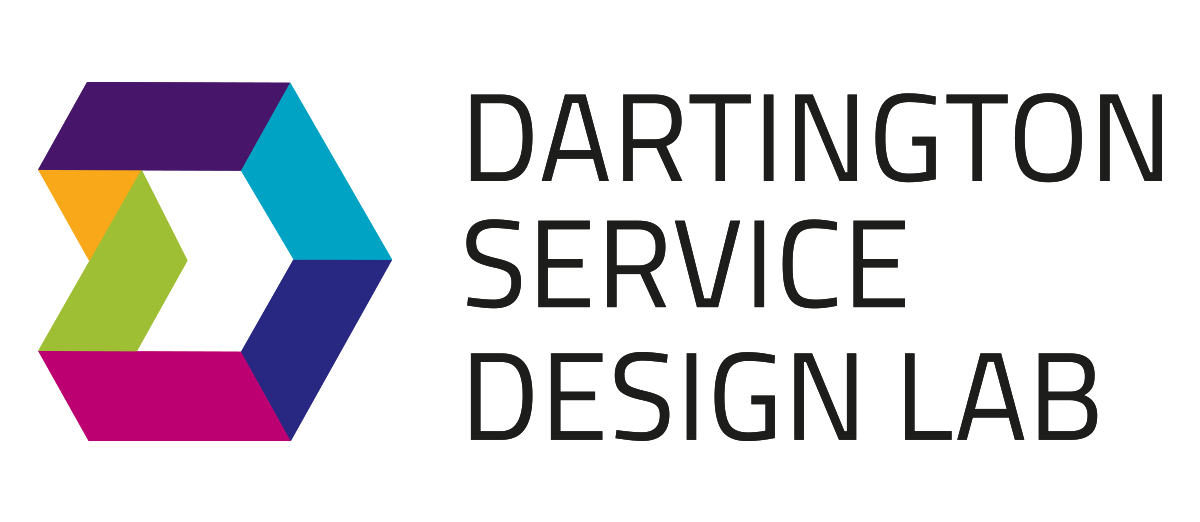The Challenge: Connecting Families to early years support
Communications and Design Manager | @tweetssavepaper
With 71% of community organisations in some parts of the voluntary sector having moved to online delivery since the COVID-19 crisis began, digital exclusion has become an even bigger obstacle to engaging those most in need than it was before. This is a particularly pressing issue for Early Years services, who support many families living in financially vulnerable households without internet access. As England endures another lockdown, Dartington Service Design Lab [Dartington] is working with a number of charities and families to develop and test different ways of supporting early years services to reach digitally excluded families. Here’s how we intend to do it...
Learning through co-design
Funded by Catalyst and The National Lottery Community Fund COVID-19 Digital Response, and supported by Design agency Shift, Dartington has been commissioned to develop and test different ways of supporting early years services to reach digitally excluded families. The Connecting Families project will be working with Bushy Leaze, Light Peer Support, Koala, YMCA Lincolnshire and North Tyneside Community Development Trust to do this, placing co-design at the core of all the work. That means we’ll be designing with people, not for people, working democratically and pushing for rigorous and accountable user involvement.
Finlay Green, Service Improvement Specialist at the Dartington Service Design Lab, said: “To make an impact, those working with families must engage them. This means identifying those most likely to benefit from services, bringing them on board and building strong, trusting relationships. Due to the pandemic, many of the ways in which families are usually engaged have had to change. Some have responded by moving services online, but many families lack access to data, devices, or a confidential space to engage with online services safely.
“For more than 50 years, Dartington Service Design Lab has helped early years services to improve what they do by supporting the generation and use of evidence. We hope to combine that experience with the principles and practices of co-design and collaboration, to create better ways of reaching digitally excluded families.”
The design process
During Connecting Families, we’ll be following a specific Design Process.
Figure 1: Double-Diamond process
We’ll be working on the first three stages: DISCOVER, DEFINE and DEVELOP.
During DISCOVER, we’ll be deepening, enriching and broadening our understanding of the challenge. This is an exploratory stage, which is why the diamond gets wider. We’ll be working with all charities and families to better understand their experience of digital exclusion. We’ll be supplementing this with a rapid evidence review, to ensure we build on what’s already out there.
During DEFINE, we’ll work with the five partners to prioritise the area of focus for the project (as our focus narrows, so does the diamond above). This will be based on what’s practical, relevant for multiple partners and likely to have the greatest impact on improving engagement with digitally excluded families. We will start to develop a long list of ideas, or ‘prototypes’, to address the challenge.
During DEVELOP, we’ll work with all a larger group of charities as well as the core five partners to improve our prototypes through an iterative process of testing and learning, collecting feedback from families in two rounds of testing, both of which will be used to inform changes to the prototypes’ design.
During DELIVER, teams get their work out into the real world. This project will stop just short of this stage; we’ll spend the final week working with the Five Partners to make sure they and the Early Years Partners are ready to go through this stage independently.
Rebecca Birch, lead designer on the Connecting Families project, added: “Reaching digitally excluded families has come up again and again in my work with charities, especially since March. We feel really lucky to have been given the time to explore and test some bold new ways to do this with our charity partners and hope that what we learn has value for a range of early years settings come the spring.”
Being open beyond the project
Among the materials that we produce will be blogs summarising insights from both those with living experience of digital exclusion and their supporting charities, the process of collaboration and approaches to co-design, and what we learn through testing different responses to the challenge over the course of the project.
Sadhbh Doherty, Innovation Designer at Shift, said: “We’re thrilled to see this challenge launch with Dartington supporting five organisations that represent such a wide range of services available to families. The combined experiences and insight they can share of the impacts of COVID-19 on families and the ways they are supported will form a great starting point for their collaboration. We're looking forward to seeing this team design and test new ideas and are excited to see how the wider sector engages with their work.
We’ll be working closely with Catalyst’s ‘OWLs’ to ensure the research we produce can be used and reused by others exploring this issue. We’re also inviting others in the sector to get involved – if you’d like to do so, please get in touch with us here connectingfamilies@dartington.org.uk.

